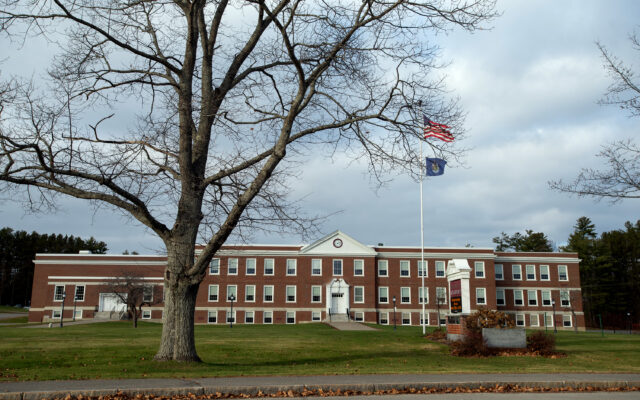
Foxcroft Academy sexual assault case shows shortcomings of Title IX
By BDN Editorial Board
When Title IX rules were rewritten during the Trump administration, there were many warnings that the revised regulations would make it more difficult for schools to protect victims of sexual abuse and to ensure an equitable learning environment.
Those concerns are highlighted by the situation at Foxcroft Academy where some community members have protested the school’s handling of a situation of alleged sexual assault involving three of the schools students, two perpetrators and one victim.
“We have seen a trend across the state of the recent changes to Title IX negatively impacting student survivors,” Melissa Martin, a staff attorney with Pine Tree Legal Assistance said in a statement. “These cases are incredibly fact specific and nuanced, which is why it is important for student survivors to access supports such as the advocates at their local sexual assault support centers and Pine Tree Legal Assistance to understand the legal rights and options in their specific case.”
Title IX, passed in 1972, prohibits discrimination based on sex by schools that receive federal funding. This discrimination has been understood to include sexual harassment and assault. The law covers both higher education and K-12 schools.
Title IX rules are currently being revised again by the Biden administration. While it may be difficult for schools to implement and follow rules that change so frequently, the situation at Foxcroft Academy could help inform a rewrite of the rules to make them more effective and workable, especially for small schools.
Arnold Shorey, the head of school at Foxcroft Academy said two areas especially need attention: clarity on a school’s responsibilities for off-campus incidents and better procedures for ensuring the confidentiality of both the victims and perpetrators of an alleged sexual assault.
In August of 2020, the U.S. Department of Education released revised Title IX rules. The rewrite added confusion about what qualifies as “conduct within its education program or activity” and, therefore, when a school must investigate an allegation of sexual misconduct under Title IX. The new rules add: “A school may address sexual harassment affecting its students or employees that falls outside Title IX’s jurisdiction in any manner the school chooses, including providing supportive measures or pursuing discipline.”
As a result, schools may be discouraged from investigating alleged assault and harassment involving students that happens outside of school or school events.
The February incident involving Foxcroft Academy students did not happen on school grounds and was not associated with any FA event. It was investigated by school officials and law enforcement was notified.
When the new Title IX rules were released in 2020, Sasha Pudelski, advocacy director of AASA, The School Superintendents Association, told NBC News she was concerned that the regulations prevented schools from investigating sexual misconduct between students that occurs off campus and not at school events.
The new rules set up a false division between what happens outside of school and what is brought into the school. For example, as in this case, if the alleged assault happened outside of school or school events, but there is video that is shared and viewed in school, that distinction is meaningless.
Previous guidance from the U.S. Department of Education, which was rescinded by the Trump administration, was more clear on how schools should handle such situations. “Because students often experience the continuing effects of off-campus sexual harassment in the educational setting, schools should consider the effects of the off-campus conduct when evaluating whether there is a hostile environment on campus,” the department wrote in 2011. “For example, if a student alleges that he or she was sexually assaulted by another student off school grounds, and that upon returning to school he or she was taunted and harassed by other students who are the alleged perpetrator’s friends, the school should take the earlier sexual assault into account in determining whether there is a sexually hostile environment.”
Schools can use other disciplinary measures, such as their code of conduct, to investigate and handle such situations. And, as in the Foxcroft Academy case, the situation can be referred to law enforcement. The two juveniles in this case earlier this month denied charges of gross sexual assault. A judge allowed the students to return to school although they were to avoid contact with the victim.
The alleged perpetrators have not been in school since May 13, even though a judge’s order would allow it. This highlights the tricky balance of keeping survivors of alleged sexual violence safe while also fulfilling legal requirements to educate all students.
Details of the case have emerged from court proceedings and media coverage. When this happens, it can make it more difficult for school officials to protect the privacy of both the victim and accused perpetrators, as is required under Title IX.
As the Biden administration revises the Title IX rules, and as educators, advocates, parents, students and others offer input, the need for clarity should be emphasized. In today’s world, there is little distinction between what happens in school and out. Better equipping schools to address student assault and harassment anytime and anywhere that it happens would be a big step forward.
If you or someone you know needs resources or support related to sexual violence, contact the Maine Coalition Against Sexual Assault’s 24/7 hotline at 800-871-7741.